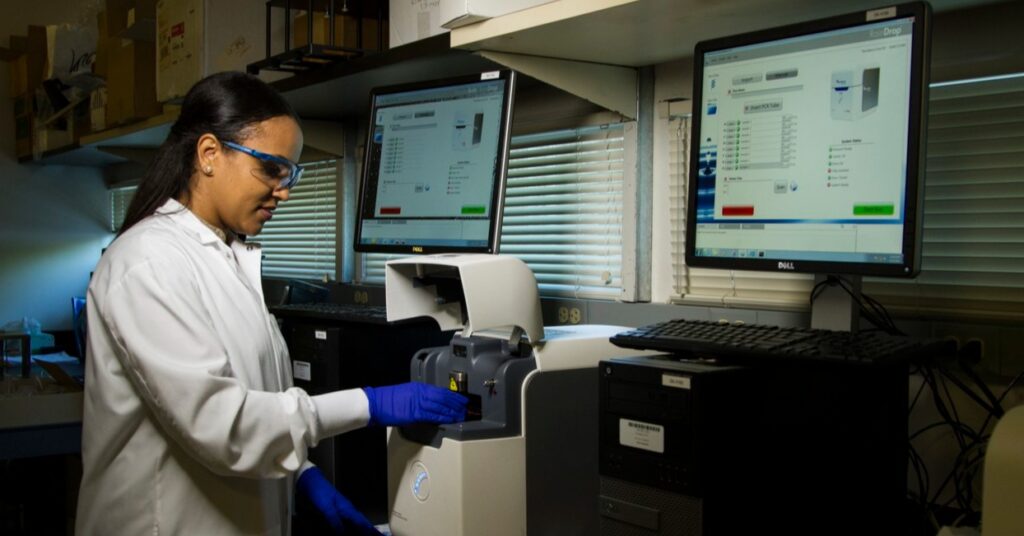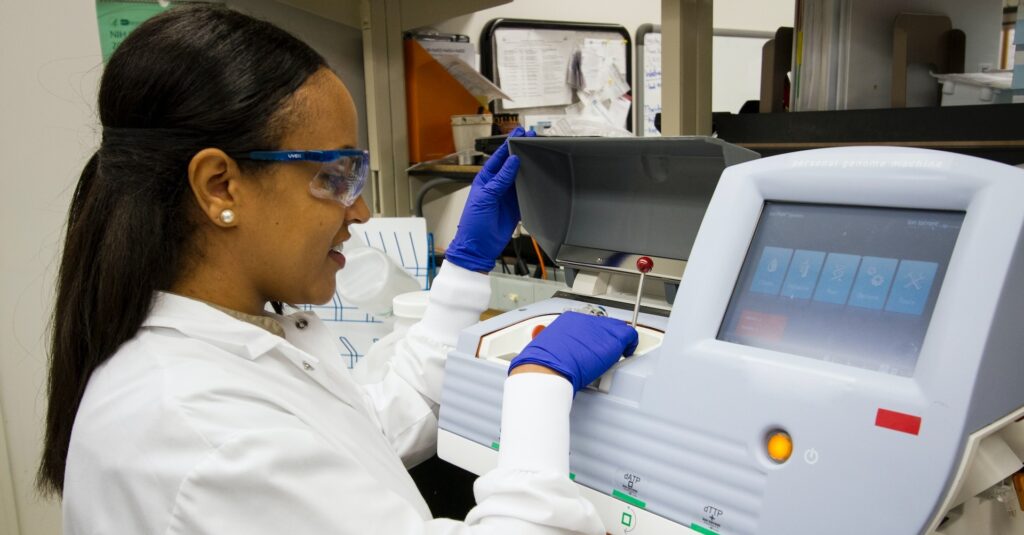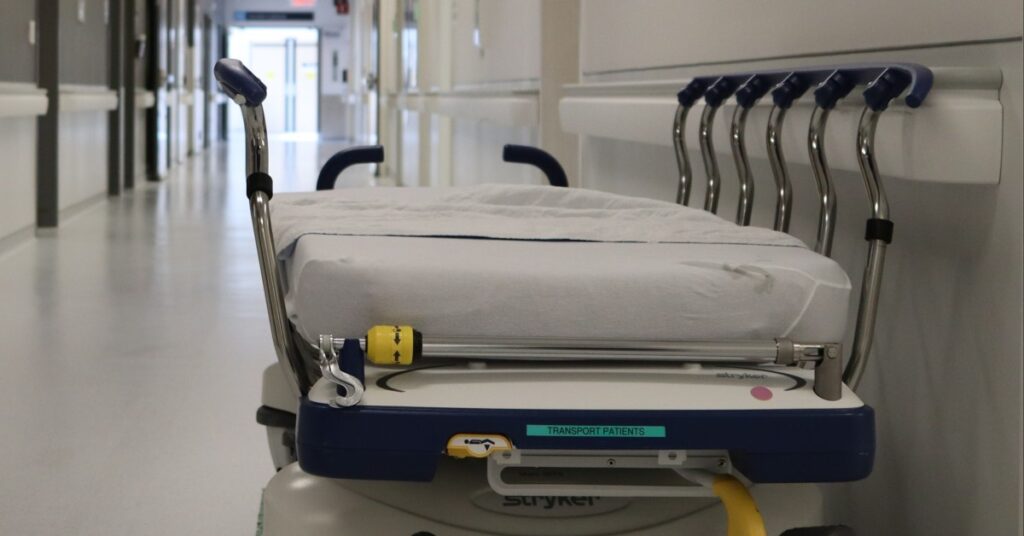
What Is the Epidemiological Triangle?
The epidemiological triad or triangle is an organized methodology used [...]
If you love to care for others and you’re looking for a job that will be in demand for the foreseeable future, consider a career as a registered nurse. A mounting tsunami of demographic factors—an aging population requiring more health care, a substantial portion of the nursing workforce nearing retirement age, an annual deficit of new nurses trained against new nurses needed—is pushing a nationwide nursing shortage to crisis levels and driving the average RN salary up. As a result, nursing should be a career that provides fulfilling work while yielding a solid annual salary for years to come.
Registered nurses work as members of a medical team to provide patient care and counseling. They typically administer medication, perform tests, teach clients and families how to manage their conditions, keep records, and manage subordinates such as licensed practical nurses (LPNs), certified nursing assistants (CNAs), and home health aides.
The majority (61 percent) of registered nurses work in hospitals, but RNs also find employment in ambulatory health care facilities, nursing homes and long-term care facilities, schools, and government offices. Many RNs work in jobs that require staffing 24 hours a day, so be aware that a career in nursing may mean irregular hours and overnight shifts.
Registered nurses serve across a wide range of medical fields. Nursing specialties include:
The Bureau of Labor Statistics projects that registered nursing jobs will grow at a 15 percent rate from 2016 to 2026, adding 438,100 new positions over that time. The average registered nurse salary was $71,730 in 2018, a figure that jumps to $78,390 for registered nurses employed by the government. Salaries increase as nurses accrue years of experience.
To become a registered nurse, you must graduate from a credentialed nursing or hospital-based program and earn an associate’s degree or a bachelor’s degree(BSN). Additionally, you must pass the NCLEX-RN exam, the national examination, and meet various state-level requirements in order to earn your RN license. Expect the process to take at least three years.
Those who wish to improve their status further can earn a master’s degree to become an advanced practice registered nurse (APRN), with an annual salary of approximately $110,930 per year; APRN positions include nurse practitioner (NP), nurse anesthetist (CNA), certified nurse midwife (CNM), and clinical nurse specialist (CNS).
The 2012 Registered Nurse Workforce Report Card (Juraschek et. al.) predicted a widespread shortage of registered nurses in the United States through at least 2030, with the western states suffering the most dramatic deficits.
Why aren’t there enough registered nurses? An aging population is placing a rapidly growing demand on the health care sector. Compounding the situation is that fact that nurses are among those aging out of the workforce; about half the RNs in the U.S. today are within 20 years of retirement. The report concludes that more new nurses must be educated and licensed to replace the ones who will retire.
Currently, California employs 282,290 registered nurses, more than any other state (followed by Texas (212,230), New York (180,170), and Florida (178,330)). That’s party the result of the state’s Title 22, which mandates minimum nurse-to-patient ratios in all hospitals; those requirements range from 1:1 (trauma) to 1:2 (critical care, post-anesthesia, labor and delivery) to 1:4 (pediatrics, telemetry, continuing intensive care) to 1:8 (well-baby nursery).
Another cause is California’s robust public insurance program known as Medi-Cal, which provides essential health care services to low income individuals and families. Because of the high demand for nurses, RNs in the Golden State earn an average annual salary of $106,950 (an hourly wage of $51.42), making them the highest paid in the U.S., according to the Bureau of Labor Statistics.
California is followed by Hawaii, with an average salary of $98,080 and an average hourly wage of $47.16; the District of Columbia, with an average salary of $92,350 and an average hourly wage of $44.40; Massachusetts, with an average salary of $92,140 and an average wage of $44.30; and Oregon, with an average salary of $91,080 and an average wage of $43.79.
In terms of salaries, the top-ten metropolitan areas for registered nurses are all in California, with San Francisco, Salinas, San Jose, Santa Cruz, and Vallejo topping the list. It is worth noting that the cost of living in these cities is much higher than the national average.
According to the Workforce Report Card, the states with the largest RN shortages by 2030 will be California (193,100 jobs), Florida (128,364), and Texas (109,779). In terms of relative demand (shortage per 100,000 residents), top states include New Mexico (614), Arizona (530), Nevada (453), Florida (447), and California (416). Only two states—Massachusetts and South Dakota—are projected to enjoy a surplus. Registered nurses looking for the greatest opportunities may want to heed Horace Greely’s advice and go west.
One way to address the nationwide nursing shortage is to recruit more men, argues a 2008 article in The Journal of Nursing. Although the field is overwhelmingly dominated by women, many in the industry would like to see more educational outreach in middle school, high school, and colleges to encourage males to become registered nurses, a 2016 article at Nurse.org reports.
No matter what the solution, the nation’s shortfall of registered nurses won’t be remedied any time soon. The need for nurses is predicted to be most acute in the West, with a number of southern states—Florida, Virginia, Texas, South Carolina, and Georgia among them—also projected to suffer significant shortfalls by 2030. Unfortunately, this isn’t a career you can just jump into, as it requires years of training, so if you’re interested you’ll need to take the long view.
One bright ray of hope is the advent of online nursing programs, which could greatly expand the nation’s capacity to train new nurses. These programs often admit new students more frequently than do traditional programs, meaning you may not have to wait until a fall or spring semester launch to get started.
Questions or feedback? Email editor@noodle.com

The epidemiological triad or triangle is an organized methodology used [...]

A family nurse practitioner (FNP) provides comprehensive primary health care [...]

FNPs practice in a broad range of health care settings. [...]

Some epidemiologists assist pharmaceutical companies in developing safer medicines. Some [...]

Certifications certainly boost one's resume, demonstrating advanced proficiency in a [...]
Categorized as: Medicine, Nursing & Healthcare